
About the Achilles tendon
Achilles tendon is the longest tendons in the body and it connects the calf muscles to the heel bone. These tendons are located on the back side of the legs and their purpose is to enable the stretching movements of the mentioned part of the leg. It is also the strongest tendon in our bodies and, since it must bear the entire weight of the body which increases when in motion. So, when anyhow damaged, this tendon becomes painful with every step, and if not treated, some more serious ruptures of it are likely to happen.The causes of the pain
Among the most common provokers of the pain of the Achilles tendon are the trauma and the other injuries (e.g. strains, partial and complete breakage), and the inflammatory process of this tendon, medically called tendonitis. However, in the case of the chronic pain, when the trigger of it is the inflammation, this process is more likely to start its development because the tendon itself becomes more rigid through the time and, therefore, it is more prone to be affected by any injury. On the other hand, if it is stretched too much through the time, the calves may become tighter and the tendon inflamed.
Another neglected cause of the painful Achilles tendon is wearing the inappropriate shoes. That is, the footwear which is too large or too small, the excessively soft parts for the heels (cause the tendon to stretch too much) and the high heels (which cause the tendon to contract to less extent) are all very harmful for the Achilles tendon. Of course, the damage of the tendon can extend to the other nearby parts of the leg, causing numerous complications, such as different deformities of the heel bones and feet (that way one leg may become shorter than another), the underdevelopment of the calves, and so on. These abnormalities later on lead to even greater likelihood of having the injured tendon.
Anyway, the pain of this tendon is usually accompanied with rather harsh pain in the heel which is located on the part of the bone which is the closest to the tendon, with the increased sensitivity and the swelling of that area and, in some cases, a small lump of liquid can appear. Of course, the pain is aggravated if running, jumping, but also, if not moving legs at all during certain period of time.
So, since it must be treated for a long time and the rehabilitation involves the total motionlessness, the best thing to do is to be careful about this tendon and try to avoid the damage to it, if it is possible. That could be done by exercising the stretching movements before and after every workout, or wearing the special sole cushions, for example. If it happens anyway, the swelling and pain could be lessened with holding the ice over that area. The rehabilitation also involves the mild exercises and the prescribed drugs.



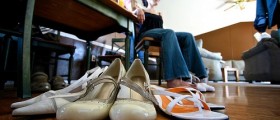
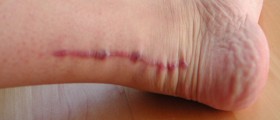
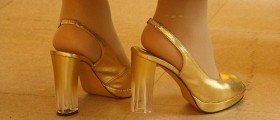


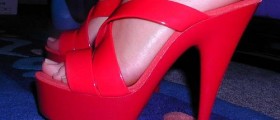



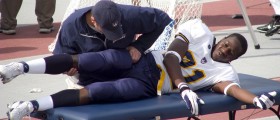



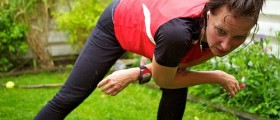
Your thoughts on this
Loading...